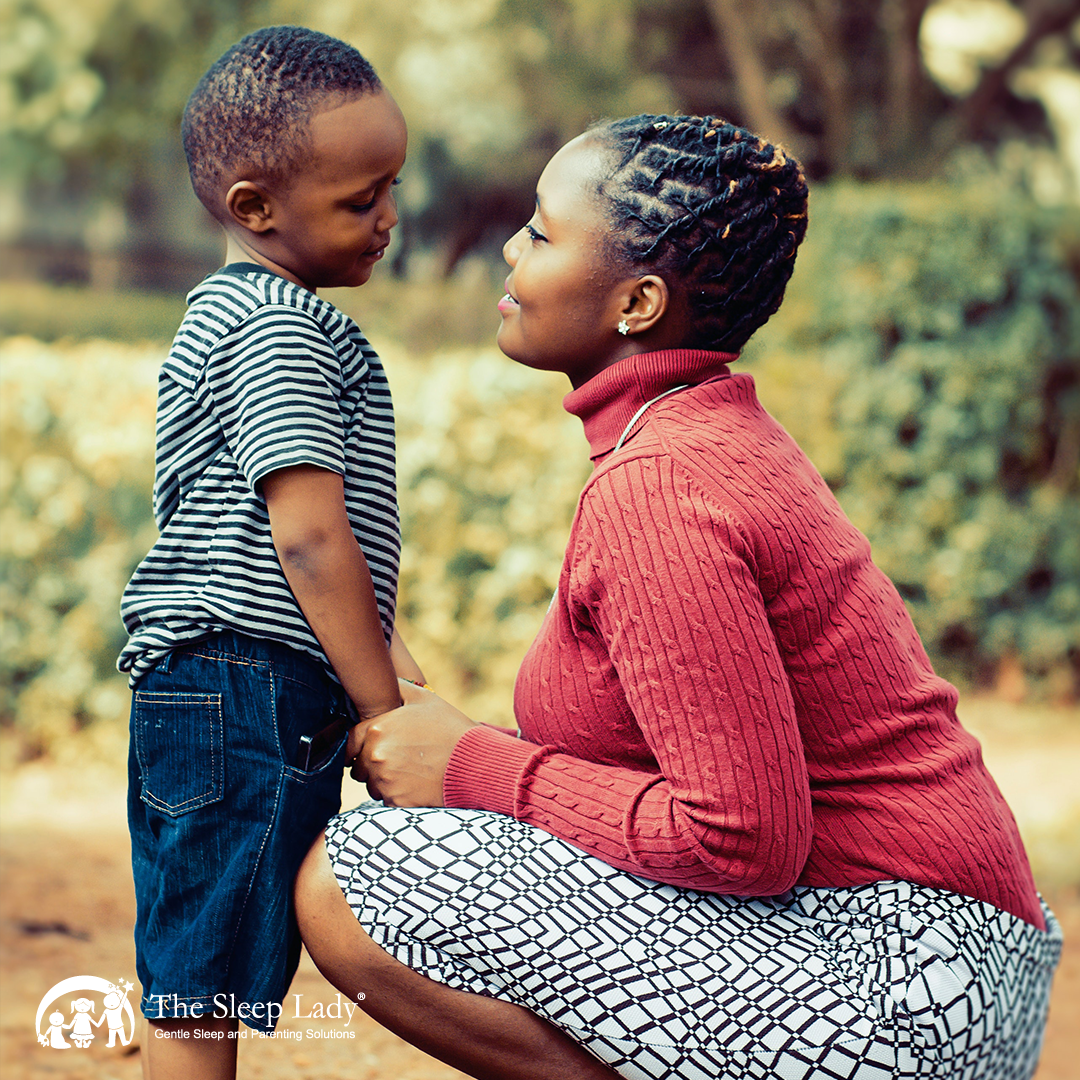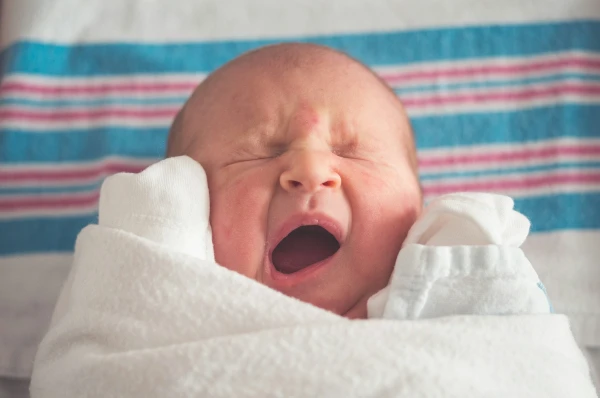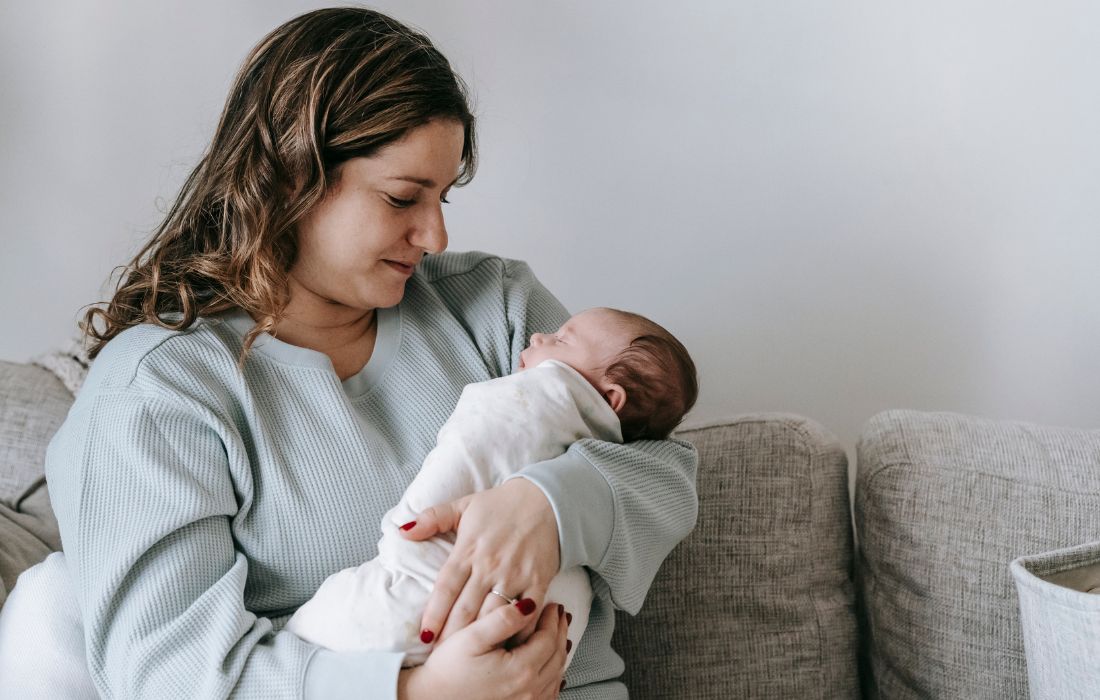Sleep Schedules – Your Two-and-a-Half to Five-Year-Old
Preschool sleep needs change quickly! Between ages two and three, average sleep needs drop to about ten and a half hours a night, plus an hour-and-a-half afternoon nap*. Four year olds need eleven and a half hours at night, and most no longer nap daily, although they do need about forty-five minutes of quiet time each afternoon and possibly an occasional nap. Five year olds sleep about eleven hours a night, and afternoon quiet time is still beneficial.
Preschoolers are Masters at Stalling
Preschoolers still need a lot of sleep, but they are immensely clever at devising reasons not to get it. They stall and evade with amazing ingenuity, which can be frustrating for parents, or comical, or both. As parents, we need to inject some discipline into bedtime, but still keep it warm and cozy. We need to help them with those bouts of the scaries that can make bedtime difficult even when they aren’t turning stalling into a competitive sport. As they begin to cut back and eventually outgrow their naps, we have to keep tinkering with their sleep and wake schedules and introduce afternoon quiet time in order to avoid meltdowns before dinner.

School Hours Help Decide
If your child is in preschool, his schedule will be shaped largely by the hours he’s there, when the class has nap time, and other outside factors. That said, there are some things you can—and should—control:
- Generally, you want him to wake up between 6:00 and 7:30 a.m.
- Around age 4, most children stop napping. When your preschooler hits this milestone, make sure he still has some quiet time in the late afternoon (looking at books in his room, for example), and move his bedtime up by about an hour—for example, if he had been getting to bed at 8:30 p.m., now he should be in bed by 7:30 p.m. during this adjustment phase.
- By age 5 he can probably stay up a little later—until 8:00 p.m.—and he should sleep until around 7:00 a.m. In other words, he should get on average 11 hours of uninterrupted sleep each night. Adjust your child’s exact bed and wake-up times to coincide with your family schedule and his school-start time.
Watch for Cues
Be aware that preschoolers are very good at hiding when they’re sleepy, which can make it tough to get their bedtime just right. Continue to watch for sleepy cues like yawning, eye-rubbing, thumb-sucking, or crankiness. If your preschooler gets that cortisol-fueled second wind—meaning you missed his sleep window—start getting him to bed a half-hour or so earlier from now on. Similarly, if he starts nodding off during his bedtime routine or falls asleep the very second you turn out the lights, you’re probably putting him to bed too late. Move bedtime earlier by 15 to 30 minutes.
You can view and print this article as a PDF here.
For Spanish, click here.
Additional Resources
If you’re looking for some help gently coaching your child to sleep at any age, we have many resources available. Our Certified Gentle Sleep coaches are located worldwide, and speak many languages. You can look for a coach in your area here.
We also offer help from coaches on our online help center. Coaches will tailor their program to the needs of your family and the age of your baby or child. Click here for sleep help today.
*AAP and NSF recently came out with new sleep average recommendations, however they group night and day sleep together. As a result we have separated naps and night sleep and shared the averages in these articles. Please know that there is always at least one hour wiggle room on these averages. Watch your clock AND your child to determine where you child falls within the average.



